Garlic
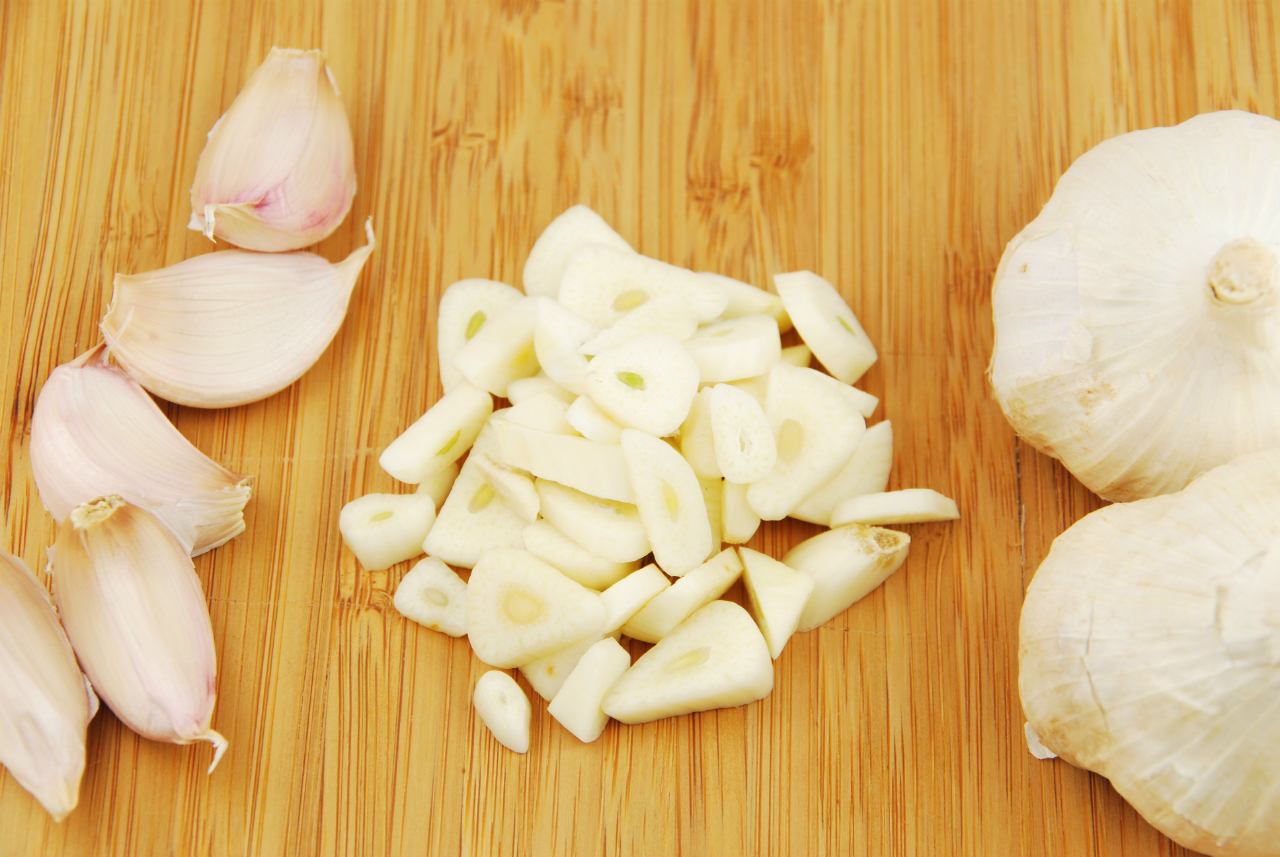
Garlic is native to central Asia, but its use spread across the world more than 5000 years ago, before recorded history. It was worshipped by the Egyptians and fed to workers building the Gread Pyramid at Giza, about 2600 BC.
Contents
History
Garlic is native to central Asia, but its use spread across the world more than 5000 years ago, before recorded history. It was worshipped by the Egyptians and fed to workers building the Gread Pyramid at Giza, about 2600 BC.
Greek athletes ate it to build their strength. Garlic came to the Western Hemisphere with some of the first European explorers, and its use spread rapidly. In the United States it was first cultivated in New Orleans by French settlers. Missionaries brought it to California, where it is grown today.
Growing Garlic & Varieties
Garlic is one of 700 species of Allium or onion. There are three kinds of garlic:
Softneck Garlic - The two common types of softnecked garlic are artichoke and silverskin. Both strains are commonly sold in grocery stores. Artichokes are named for their similarity to artichokes: several overlapping layers (3 to 5) containing up to 20 cloves.
Their color is white to off white and their thick wrappers explain why they are so hard to peel. The shelf life of the artichoke garlic is long, generally up to eight months. Silverskins are high yielding, grow well in a variety of climates and are the most popular among garlic braiders.
Hardneck Garlic - The most common hardneck garlic is rocambole. They produce large cloves, are easy to peel and have more flavor than softnecks. Because of their loose skins, they are do not have a long shelf life, usually 4 to 5 months.
Unlike common or softneck garlic, hardnecks throw up a flowering stem (scapes) that eventually turns woody. Recommended strains include Chesnok Red, German White, Polish Hardneck and Persian Star.
---photo2---
Elephant Garlic - Elephant garlic is the largest garlic and is closely related to the leek family. It is the mildest in flavor; many claiming it tastes more like an onion than garlic.
Elephant garlic is twice the size of other strains, its cloves growing as large as a full bulb on standard garlic. It has a long shelf life (when stored properly) and is very easy to peel. Enjoy it raw or sautéed with butter, olive oil and salt and pepper for a wonderful treat.
Although garlic is considered a perennial it is usually grown as an annual. It grows 1 to 3 feet in height. The recommended planting time for colder regions is fall, 4 to 6 weeks before the first frost date.
This allows the root to develop over the winter. The soil should be well amended and free draining. Work in a 5-10-10 fertilizer prior to planting. Garlic prefers full sun, but will tolerate light shade.
Separate bulbs into cloves. Use the largest cloves for planting, as smaller cloves produce smaller bulbs. Push the cloves with the root end down, 1 to 2 inches into the soil, about 6 inches apart. Mulch the cloves to prevent heaving during the winter months.
Some top growth may be experienced when first planted, which is fine, new leaves will appear in the spring. Be sure to pinch the coiled scapes on hardneck varieties to produce larger bulbs.
Garlic is ready for harvesting mid-summer. Wait for the foliage to die off and turn brown. Be careful not to cut into the bulb when lifting the bulbs for harvest. Use a pitchfork and bring up the entire bulb.
Dry garlic in a dry, warm, dark, airy place for a few weeks. Cut the stalks about an inch above the bulb and store in open mesh bags at room temperature. Save a few of your largest bulbs for next year’s planting.
Medicinal
Garlic has been reputed to help alleviate many medical problems, including: reducing high blood pressure, respiratory problems, and headaches, and to disinfect wounds, kill parasitic worms, and generally maintain health.
Sniff crushed garlic to cure hysteria. Olive oil that's been heated with garlic, strained, and cooled can be placed in the ear to help earache. Bruised and mixed with lard, it has been proved to relieve whooping-cough if rubbed on the chest and between the shoulder-blades.
Nutritionally, garlic is a great source of Vitamins A and C, potassium, phosphorous, selenium, and a number of amino acids. Garlic contains compounds that are antibacterial, antifungal and reduce blood clotting.
In order for the active ingredient that gives garlic its characteristic odor and its therapeutic effects to be released, the garlic clove must be cut or crushed. This releases an enzyme that causes the formation of allicin, the component responsible for garlic's odor and medicinal activity.
Cooking
Use Minced Garlic or Garlic Chips in pasta sauces, stews, and soups. Mix with oil and vinegar and Italian spices to make salad dressing.
Garlic Powder can be used in marinades, or mixed with herbs and rubbed into poultry, pork, or beef before cooking. Also a wonderful addition to dips, salad dressings and stir-fries. Garlic leaves may also be used fresh, just snip and add to your favorite dish.


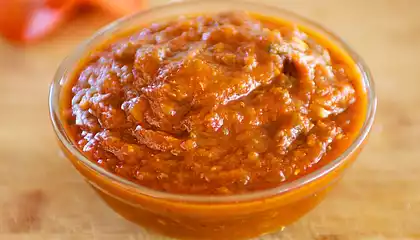

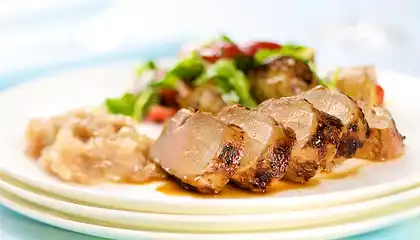

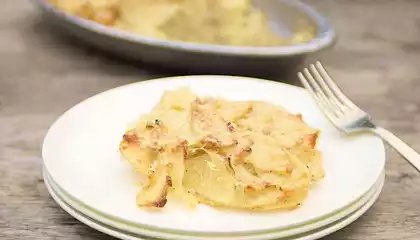
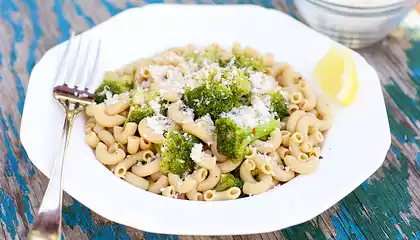


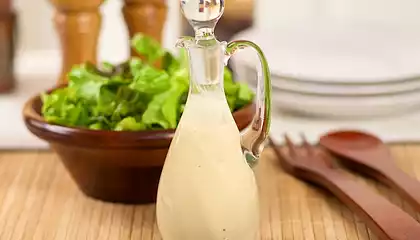
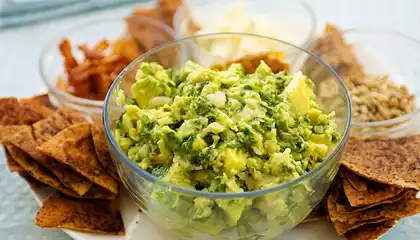


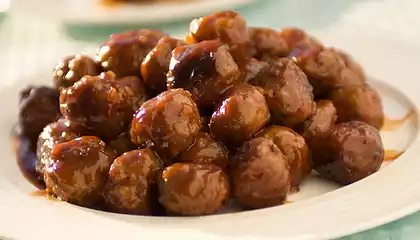


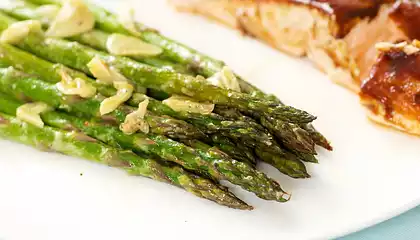
Comments